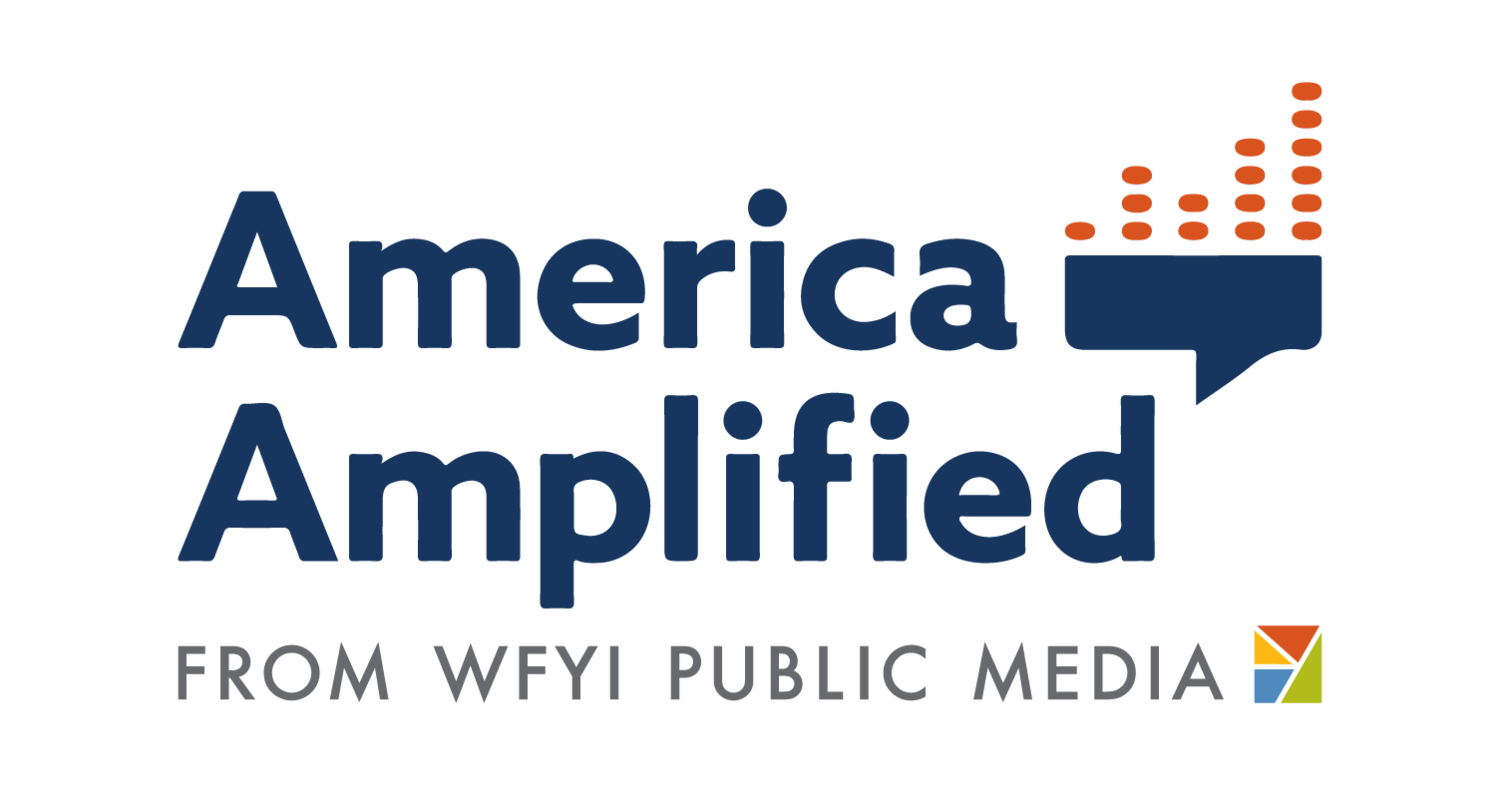Building a Daily Show from the Ground Up, With Community At Its Core
Craft editorial priorities based on listening to your community
Project Summary
In March of 2022, WPLN launched a new daily show called “This is Nashville.” It was months in the making – starting with the hire of founding Executive Producer Andrea Tudhope, who spent two years creating and managing the show. She left in the fall of 2023 as part of a reorganization at the station. (Note: Tudhope was America Amplified’s Coordinating Producer in 2020 and currently serves on America Amplified’s Advisory Board).
The station knew they wanted to build an atypical talk show, with community service at the heart. But they didn’t have a clear plan to get it going. They had to invent the show from the ground up including building an entire studio and hiring the entire team. Tudhope was hired in August 2021, after producing two different talk show series for America Amplified in 2020 dealing with the pandemic and the 2020 election. Those talk shows were unique – community engagement was at their core, and they prioritized guests who were not traditional “experts” but who brought their real life experiences to the nationally broadcast programs.
Tudhope came to the challenge of creating a new daily show at WPLN with that experience, and having written the chapter on talk shows for the America Amplified Community Engagement Playbook. She put those lessons into practice in hiring the rest of the WPLN daily show team in the fall of 2021, and then sending them out into the city to engage, get to know sources and begin listening to the residents. From time spent out “in the field,” the show team developed their priorities and approach. They understood that, coming out of the pandemic, people in Nashville felt disconnected. There existed a big divide between old and new Nashville with simmering tensions between the people holding on to the history of the city and new people moving in.
Check out This Is Nashville’s debut episode, which highlighted the dozens of sources interviewed during months of community engagement leading up to launch March 1.
Objective
For Tudhope, the objective for the show was to bring people into conversation together, especially people who otherwise might not meet, or recognize that they had anything in common. Show producers strived to create a line-up of guests who were politically, racially, culturally diverse with “seats at the table.” The goal was to give the microphone to people who have too often been overlooked by media, to “start with community and lean heavily into community.” They also wanted to make sure the show was uniquely sound-rich, with pre-produced content that stood out from the typical 1-on-1 interview-heavy public media talk show model. A majority of the shows started with sound from the field, with a goal of maximizing the number of people who were heard on the air.
The Challenge
As always, the challenge is sustainability and feeding the daily beast. It was hard to keep up with the goals of community engagement and meeting people where they are once the show launched. Tudhope wanted to continue to hold listening sessions – they hosted two listening sessions before the show launched, and one after launch, but it was harder to find the time to do so regularly. Show staff were moving so quickly, there was often not enough time to debrief about the content, or to carry out open-ended community engagement out in the field as they had done before launch.
The Solution
Without a dedicated marketing or events team at the station, and with the deadline pressures of a daily show, the show team worked to innovate to keep the community engagement element of “This is Nashville” strong and central. A community engaged survey lived on the show homepage – it was a catchall for community input and feedback. They also had a weekly segment called @ us! where Tudhope or other producers would respond on the air to feedback, questions and criticism.
If someone was unhappy with what we were doing, said Tudhope, we would jump on the phone with them and that would spur a new episode. Engagement sounds like extra work, but as you do it, you are continuing to generate new episode and story ideas. They had a pitch document with continuous notes and ideas that was at least a hundred pages long!
The Takeaways
Having a 6 month runway to get the show ready for production, to embed in the community and listen to the community, was an incredible privilege and gift.
Create something that lives online that you can keep pushing out to community leaders, to people you meet in the field, so you can maintain continuous feedback . An online survey or a feedback mechanism of some sort is invaluable.
At the end of each episode, take the time to thank everyone who gave you input, including those who made it on the air and those who were interviewed on background. Make the community part of the show, and make sure they feel that.
Read more tips on how to create a community informed and community based talk show here, in a tip sheet Tudhope wrote for America Amplified: Re-inventing the public radio talk show


